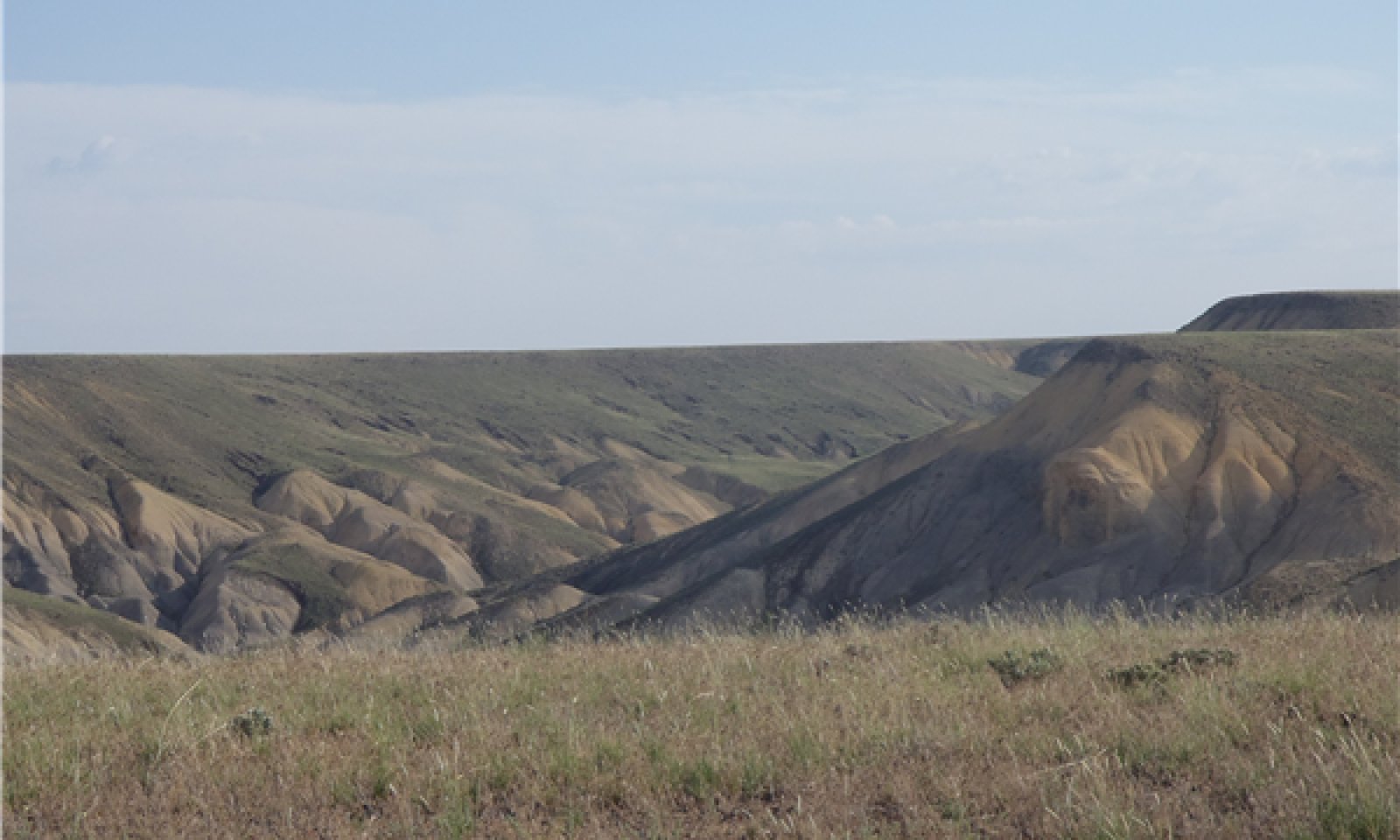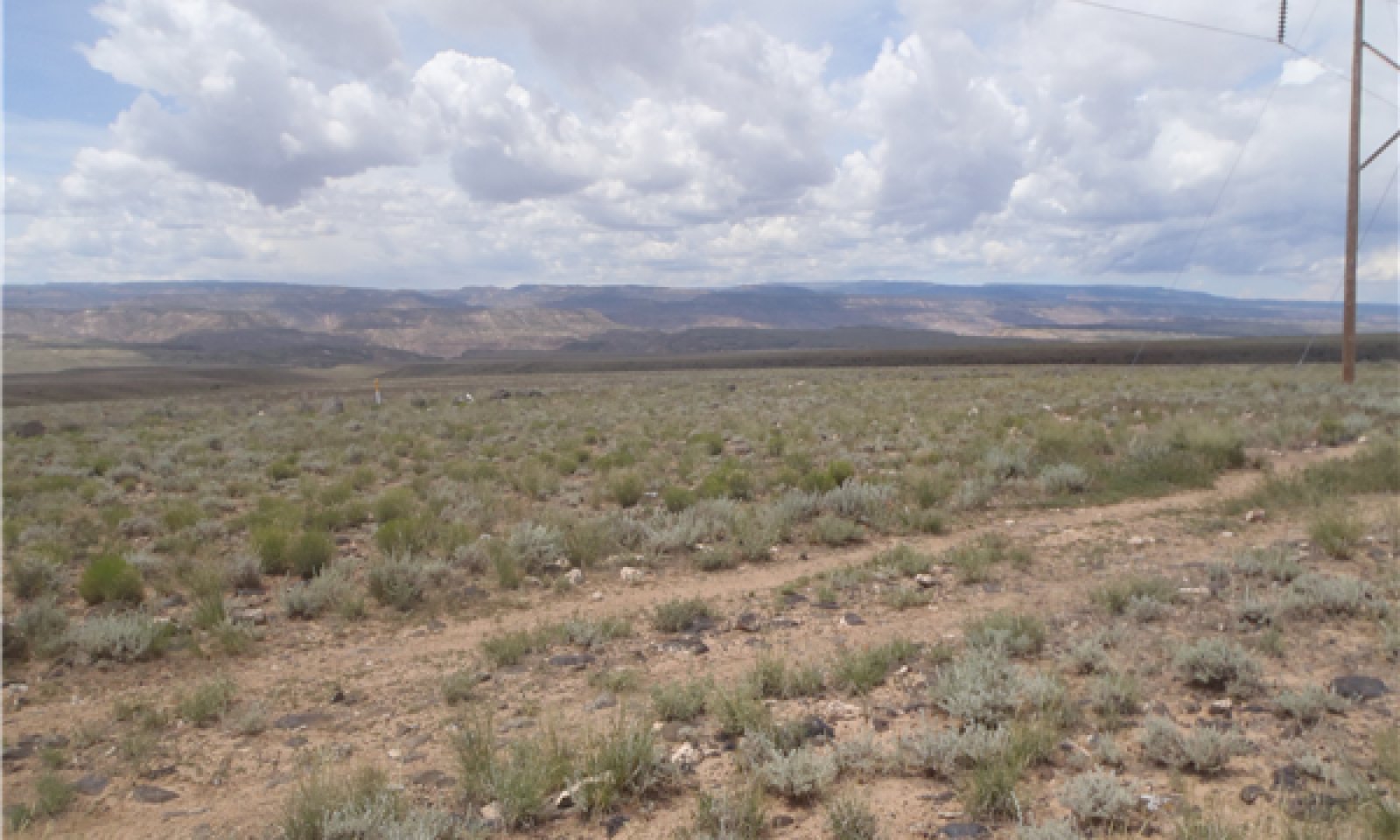
Semidesert Stony Loam (Shadscale)
Scenario model
Current ecosystem state
Select a state
Management practices/drivers
Select a transition or restoration pathway
-
Transition T1A
brush treatments, improper livestock grazing, wildlife browsing, prolonged drought, fire, if enough fine fuels, and surface disturbances such as off-road vehicle use, and road and pipeline development
More details -
Transition T1B
drought, fire, mechanical disturbances such as mining, pipeline development or other large surface disturbance, and improper grazing
More details -
Transition T3A
brush treatments, improper grazing of perennial grasses, fire in shorter intervals, and continued surface disturbances
More details -
Restoration pathway R3A
Adequate and above-normal precipitation at the right time, combined with proper grazing of perennial grasses, enables native vegetation to re-establish
More details -
No transition or restoration pathway between the selected states has been described
Target ecosystem state
Select a state
State 1
Reference State








Description
This state represents the natural ecological dynamics of the Semidesert Stony Loam (Shadscale) site. There are two dominant plant community phases in the Reference State. Drought, native herbivory, and fire are natural disturbances that change the pathways between community phases. Simonin (2001) states that the successional timeline of a shadscale community is generally slow in areas that have been grazed as well as those that have not been grazed. The state is dominated by warm-season perennial grasses (galleta) and shadscale. This plant community evolved in areas where drought is common and can be quite severe. Winterfat is a subdominant species on this site. It can become dominant if fire just scorches it tops and shadscale must regrow from seed (West, 1992). Which annual forbs occur and their production depend greatly on the season’s moisture and timing. The surface gravel, cobbles, and stones weathered from basalt help to armor the soil against erosion.
Submodel
State 2
Current Potential State







Description
This state functions very similar to State 1. The main difference is how the plant community reacts once non-native annual invasive species are established in the understory. The most common annuals are cheatgrass and Halogeton. The primary disturbance mechanism is weather fluctuation. However, livestock grazing may influence the ecological dynamics of the site. The current potential state has less ability to resist change and less resilience following disturbances.
Submodel
State 3
Snakeweed/Rabbitbrush State



Description
This state is caused by surface disturbance, such as by mining and development of roads and utility and pipeline corridors. It is dominated by broom snakeweed and yellow rabbitbrush, with reduced occurrence of shadscale and winterfat from the Reference State (1). The dominant grass is still galleta. Dominant forbs are globemallow and cleftleaf wild heliotrope. Periods without disturbance may enable limited native vegetation to re-establish. Drought, improper livestock grazing, or continued surface disturbances favor the continued dominance of broom snakeweed and yellow rabbitbrush. Because of the competitiveness of broom snakeweed and its ability to quickly establish after a disturbance, this state is extremely resistant to change.
Submodel
Mechanism
This transition occurs when the non-native invasive species become established on the site. Pathways to drive this transition can include one or more of the following: brush treatments, improper livestock grazing, wildlife browsing, prolonged drought, fire, if enough fine fuels, and surface disturbances such as off-road vehicle use, and road and pipeline development.
Mechanism
This transition occurs when broom snakeweed and rabbitbrush increase in dominance. Pathway drivers typically include mechanical disturbances such as mining, pipeline development or other large surface disturbance, and improper grazing. Natural pathways are drought and fire.
Mechanism
Pathway drivers include one or more of the following: brush treatments, improper grazing of perennial grasses, fire in shorter intervals, and continued surface disturbances. The main driver on this pathway is surface disturbance. This would transition to plant community 2.2.
Mechanism
Adequate and above-normal precipitation at the right time, combined with proper grazing of perennial grasses, enables native vegetation to re-establish. Treatment of non-natives and rabbitbrush/snakeweed may be required. This would transition it to Plant Community 2.1.
Model keys
Briefcase
Add ecological sites and Major Land Resource Areas to your briefcase by clicking on the briefcase (![]() ) icon wherever it occurs. Drag and drop items to reorder. Cookies are used to store briefcase items between browsing sessions. Because of this, the number of items that can be added to your briefcase is limited, and briefcase items added on one device and browser cannot be accessed from another device or browser. Users who do not wish to place cookies on their devices should not use the briefcase tool. Briefcase cookies serve no other purpose than described here and are deleted whenever browsing history is cleared.
) icon wherever it occurs. Drag and drop items to reorder. Cookies are used to store briefcase items between browsing sessions. Because of this, the number of items that can be added to your briefcase is limited, and briefcase items added on one device and browser cannot be accessed from another device or browser. Users who do not wish to place cookies on their devices should not use the briefcase tool. Briefcase cookies serve no other purpose than described here and are deleted whenever browsing history is cleared.
Ecological sites
Major Land Resource Areas
The Ecosystem Dynamics Interpretive Tool is an information system framework developed by the USDA-ARS Jornada Experimental Range, USDA Natural Resources Conservation Service, and New Mexico State University.


